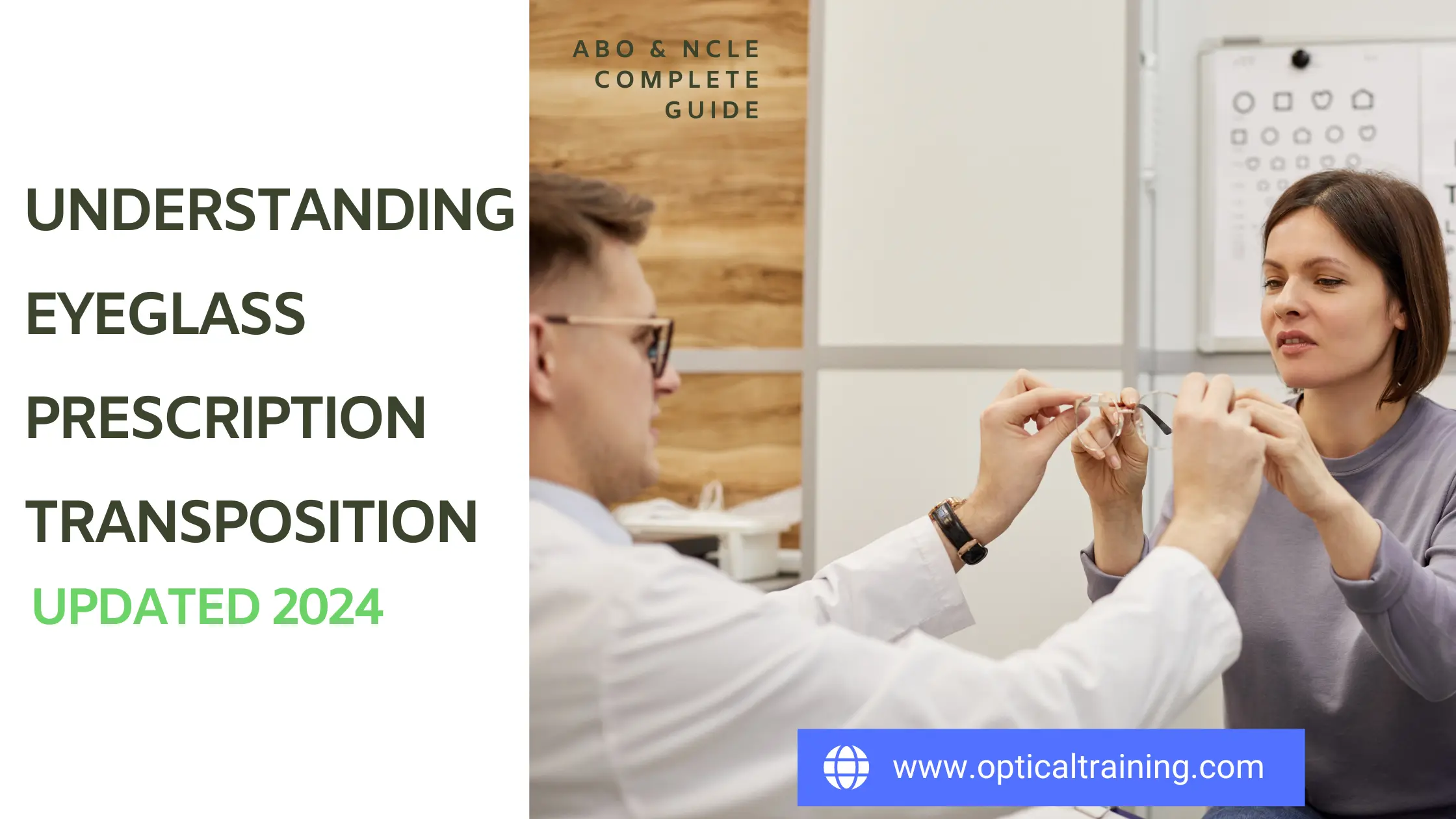
The Essence of Transposition
Transposing an eyeglass prescription involves converting the numerical values from one format to another, without altering the optical properties of the lens. This is particularly crucial when dealing with prescriptions that include astigmatism correction, as they can be written in either a plus cylinder or minus cylinder notation.
Astigmatism and Prescription Formats
Astigmatism is a common refractive error that occurs when the cornea has an irregular shape, causing uneven focusing of light. To correct this, cylindrical lenses are used. In an eyeglass prescription with astigmatism, there will be three values indicated: sphere (Sph), cylinder (Cyl), and axis.
The plus cylinder form indicates the additional power required to correct the astigmatism, while the minus cylinder form reflects the subtraction needed from the spherical power. A prescription may be in either format, depending on the doctor’s preference or the equipment used.
The Transposition Process
To transpose a prescription from plus cylinder to minus cylinder form (or vice versa), follow these three steps:
Step 1: Adjust the Sphere Power
Add the sphere power and the cylinder power together algebraically to determine the new sphere power.
Step 2: Change the Sign of the Cylinder Power
If the original cylinder sign is positive, change it to negative. If the original cylinder sign is negative, change it to positive.
Step 3: Adjust the Axis by 90°
Change the axis by 90 degrees. If the original axis is greater than 90 degrees, subtract 90. If the original axis is less than or equal to 90 degrees, add 90.
Transposition Examples
Let’s walk through a few examples to solidify your understanding of the transposition process.
Example 1
Original Prescription: +2.50 -2.00 x 105
Transposition Steps:
- Sphere: +2.50 + (-2.00) = +0.50
- Cylinder: -2.00 becomes +2.00
- Axis: 105 – 90 = 15
Transposed Prescription: +0.50 +2.00 x 15
Example 2
Original Prescription: -3.00 +2.00 x 30 Transposed Prescription:
- Sphere: -3.00 + (+2.00) = -1.00
- Cylinder: +2.00 becomes -2.00
- Axis: 30 + 90 = 120
Transposed Prescription: -1.00 -2.00 x 120
Transposition Steps Simplified
- Add the sphere and cylinder powers together algebraically.
- Change the sign of the cylinder power.
- Add or subtract 90°
- If the original axis is greater than 90° then you will subtract 90°
- If the original axis is less than 90° then you will add 90°
The Importance of Accurate Transposition
Transposing a prescription accurately is crucial because it ensures that patients receive the correct corrective power in their lenses, leading to optimal visual clarity and comfort. Transposing a prescription involves converting it between different forms – plus and minus cylinder – without altering the overall effect of the lens. Even a small error during this process can lead to inaccurate lenses being made, which may result in poor vision correction, headaches, or eye strain for the wearer. Accurate transposition is also essential for communicating precise information between opticians, labs, and other eye care professionals, ensuring consistent and effective eye care.
Utilizing Transposition Calculators
To make the process of transposing prescriptions even simpler, various online transposition calculators have been developed. By inputting the original prescription, these tools can automatically convert the values into the corresponding lens parameters, reducing the risk of human error. Modern optical ordering systems offer automatic prescription transposition on orders.
These calculators can be particularly helpful for individuals who may not be as familiar with the transposition process or for those who need to transpose prescriptions frequently. They provide a reliable and efficient way to ensure accurate lens fabrication, ultimately benefiting the patient’s visual experience.
Consulting Professionals for Guidance
While the transposition process may seem straightforward, it’s important to remember that precision and attention to detail are crucial. If you’re unsure about any aspect of transposing a prescription, it’s always best to consult with a qualified optician or eye care professional.
These experts possess the necessary knowledge and experience to guide you through the process, answer any questions you may have, and ensure that the final prescription is accurately transposed. Seeking professional assistance can help you avoid potential issues and ensure that you obtain the correct lenses for your vision needs.
Ready to take your optical knowledge to the next level? Stay updated with the latest industry trends, news, and updates by joining our email newsletter. Don’t miss out—subscribe today and stay ahead in your optical career!






